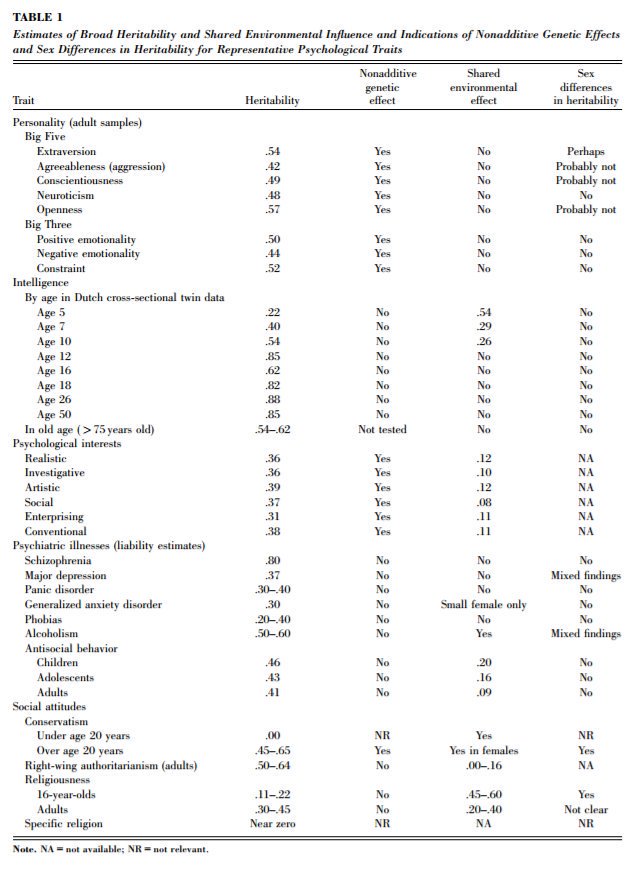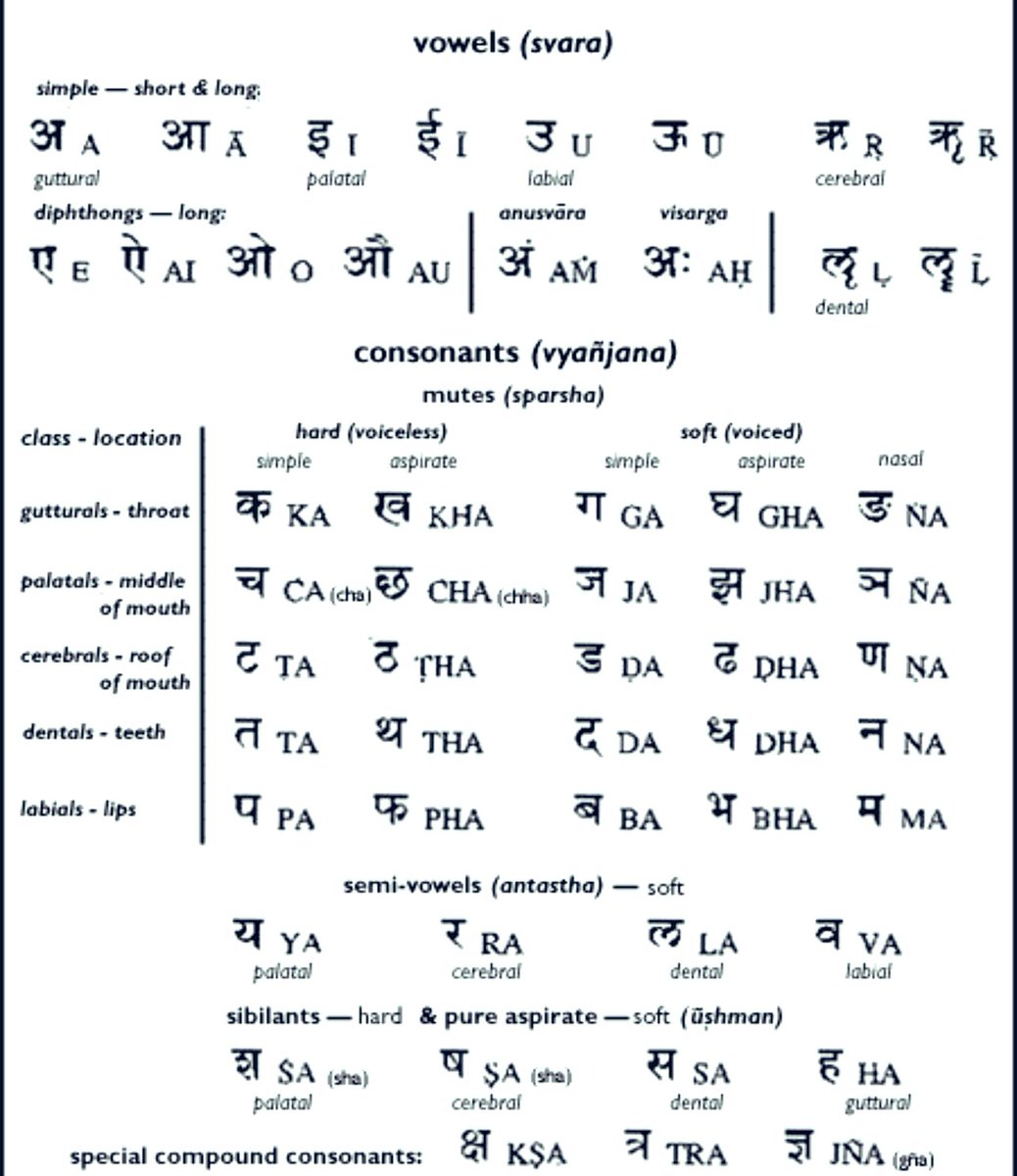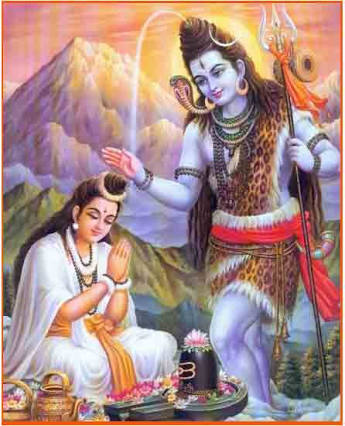Yagno-pavita means ‘thread of sacrifice’ that symbolizes the
What is Yagnopaveetham?
Yagnopaveetham is a Sanskrit word; Yagna means sacred ritual and ‘upaveetham’ means a covering. Thus Yagnopaveetham means a sacred covering on the body without which a Yagna or a sacred ritual cannot be performed.
#LongThread

Yagno-pavita means ‘thread of sacrifice’ that symbolizes the
What significants three threads :
The sacred thread is a composition of 3 threads, signifying Goddesses Gayatri (thought),Saraswati (speech,wisdom) and Savitri (deed) respectively
The three strands remind the wearer that he has to pay off
What should be its length?
When you wear the length of Yagnopaveetham should come up to the navel level and it should be neither above nor below the navel.
Composition :
“Yagnopaveetham Navathanthu Nirmitham;”
Yagnopaveetham is made up of nine layers of woven cotton
Length of the thread : used for making Yagnopaveetham as per scripts should be ‘96 breadths of four fingers measured by one’s own hand.
It is said that Gayathri Manthra has 24 letters and when it is added together from four Vedas it becomes 96 (24x4) that gives the power or eligibility to the Dwija to perform Yagnaand to recite Gayathri Manthra.
Significance of Nine layers :
It is said that nine layers represent nine devathas who are the presiding deities of Yagnopaveetham
Agni,
Naaga,
Soma (Moon),
Pithru Devathas,
Prajapathi,
Vayu,
Surya and
Vishve Devathas.
Before wearing Yagnopaveetham one should offer prayer to all these nine deities.
Brahma Granthi :
As per the scripts it is prescribed that the Yagnopaveetham should have
But in practice we find only one knot for the Yagnopaveetham.
The knot with which the three strands are tied together is called Brahma Granthi that signifies ParaBrahma (Pranavam) who is ‘Sakala Veda Swaroopa.’
The Vedic link that a child looses when the umbilical cord is cut is re established in the form of Yagnopaveetham.
In other words, Yagnopaveetham serves as an umbilical cord that connects him not just his immediate parents not just the
The three strands remind the wearer that he has to pay off the three debts (Runas) he owes to the ancient seers, ancestors and to the God viz. Deva, Rushi, Pithru Runa.
There are lots of scientific reasons behind the use of Janeu vein named ‘Lohitika’ passing through the right ear regulates the flow of urine. So, when the person wears the sacred thread around his ear while passing
It also helps in reducing the blood pressure and heart related disease as well. It also helps in increasing the memory power.
Covering the head and body with
The spiritually reason is :
Many Deities live in the right ear; simply touching the right ear with the right hand presents the benefit of an Achaman which leads to internal
More from Vशुद्धि
More from All
You May Also Like
THREAD: 12 Things Everyone Should Know About IQ
1. IQ is one of the most heritable psychological traits – that is, individual differences in IQ are strongly associated with individual differences in genes (at least in fairly typical modern environments). https://t.co/3XxzW9bxLE

2. The heritability of IQ *increases* from childhood to adulthood. Meanwhile, the effect of the shared environment largely fades away. In other words, when it comes to IQ, nature becomes more important as we get older, nurture less. https://t.co/UqtS1lpw3n

3. IQ scores have been increasing for the last century or so, a phenomenon known as the Flynn effect. https://t.co/sCZvCst3hw (N ≈ 4 million)
(Note that the Flynn effect shows that IQ isn't 100% genetic; it doesn't show that it's 100% environmental.)

4. IQ predicts many important real world outcomes.
For example, though far from perfect, IQ is the single-best predictor of job performance we have – much better than Emotional Intelligence, the Big Five, Grit, etc. https://t.co/rKUgKDAAVx https://t.co/DWbVI8QSU3

5. Higher IQ is associated with a lower risk of death from most causes, including cardiovascular disease, respiratory disease, most forms of cancer, homicide, suicide, and accident. https://t.co/PJjGNyeQRA (N = 728,160)

1. IQ is one of the most heritable psychological traits – that is, individual differences in IQ are strongly associated with individual differences in genes (at least in fairly typical modern environments). https://t.co/3XxzW9bxLE

2. The heritability of IQ *increases* from childhood to adulthood. Meanwhile, the effect of the shared environment largely fades away. In other words, when it comes to IQ, nature becomes more important as we get older, nurture less. https://t.co/UqtS1lpw3n

3. IQ scores have been increasing for the last century or so, a phenomenon known as the Flynn effect. https://t.co/sCZvCst3hw (N ≈ 4 million)
(Note that the Flynn effect shows that IQ isn't 100% genetic; it doesn't show that it's 100% environmental.)

4. IQ predicts many important real world outcomes.
For example, though far from perfect, IQ is the single-best predictor of job performance we have – much better than Emotional Intelligence, the Big Five, Grit, etc. https://t.co/rKUgKDAAVx https://t.co/DWbVI8QSU3

5. Higher IQ is associated with a lower risk of death from most causes, including cardiovascular disease, respiratory disease, most forms of cancer, homicide, suicide, and accident. https://t.co/PJjGNyeQRA (N = 728,160)






















![Peter McCormack [Jan/3\u279e\u20bf \U0001f511\u220e]](https://pbs.twimg.com/profile_images/1524287442307723265/_59ITDbJ_normal.jpg)

